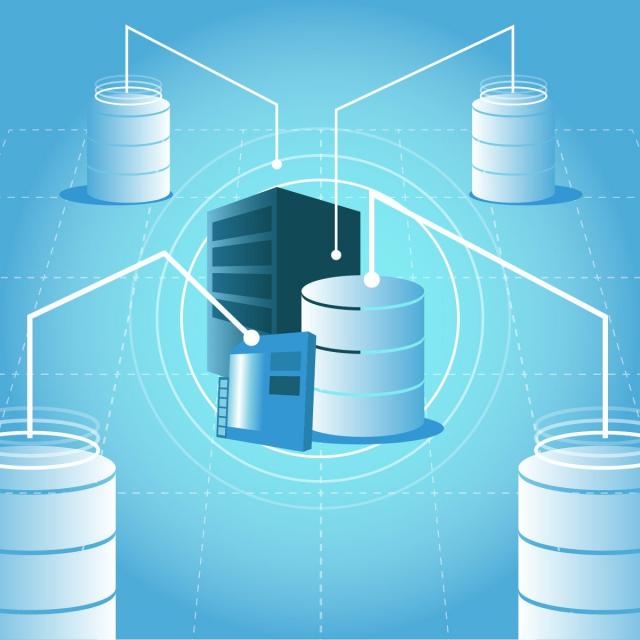MOOC List is learner-supported. When you buy through links on our site, we may earn an affiliate commission.

MOOC List is learner-supported. When you buy through links on our site, we may earn an affiliate commission.
By the end of this course, students will be able to explain data warehousing and how it is used for business intelligence, explain different data warehousing architectures and multidimensional data modeling, and develop predictive data mining models, including classification and estimation models. IN addition, students will be able to develop explanatory data mining models, including clustering and association models.
What You Will Learn
- Explain different data warehousing architectures and multidimensional data modeling
- Develop predictive data mining models, including classification and estimation models
- Develop explanatory data mining models, including clustering and association models
Course 2 of 3 in the Database Design and Operational Business Intelligence Specialization.
Syllabus
WEEK 1
Overview of Data Warehousing
Welcome to Module 1, Overview of Data Warehousing. In this module, we will overview data warehousing and data warehousing architectures. We will also define the Extract, Transform, Load (ETL) process as well as touch on data warehousing in the cloud and practice these through a short quiz. Finally, in our activity we will differentiate between the Kimball and Inmon design approaches for data warehouse architecture.
WEEK 2
Multidimensional Modeling for Data Warehousing
Welcome to Module 2, Multidimensional Modeling for Data Warehousing. In this module, we will go over data modeling for data warehousing. We will also learn the steps needed to construct a multidimensional data model and differentiate between star schema and snowflake schema. These will be practiced through a short quiz. Finally, we will create a normalized snowflake schema in our activity.
WEEK 3
Data Mining for Prediction and Explanation
Welcome to Module 3, Data Mining for Prediction and Explanation. In this module, we will overview the data mining process and data mining methods. We will also identify the steps in a data mining process and differentiate between data mining methods. We will practice identifying these through a short quiz. In our activity, we will also select what data mining methods are best for a particular data set.
WEEK 4
Data Mining for Clustering and Association
Welcome to Module 4, Data Mining for Clustering and Association. In this module, we will go over unsupervised data mining for explanatory modeling. We will also learn the definitions for clustering and segmentation, K-means clustering, association, and market basket analysis and practice these through a short quiz. Finally we will practice identifying clusters in a dataset through our activity.
MOOC List is learner-supported. When you buy through links on our site, we may earn an affiliate commission.
MOOC List is learner-supported. When you buy through links on our site, we may earn an affiliate commission.
